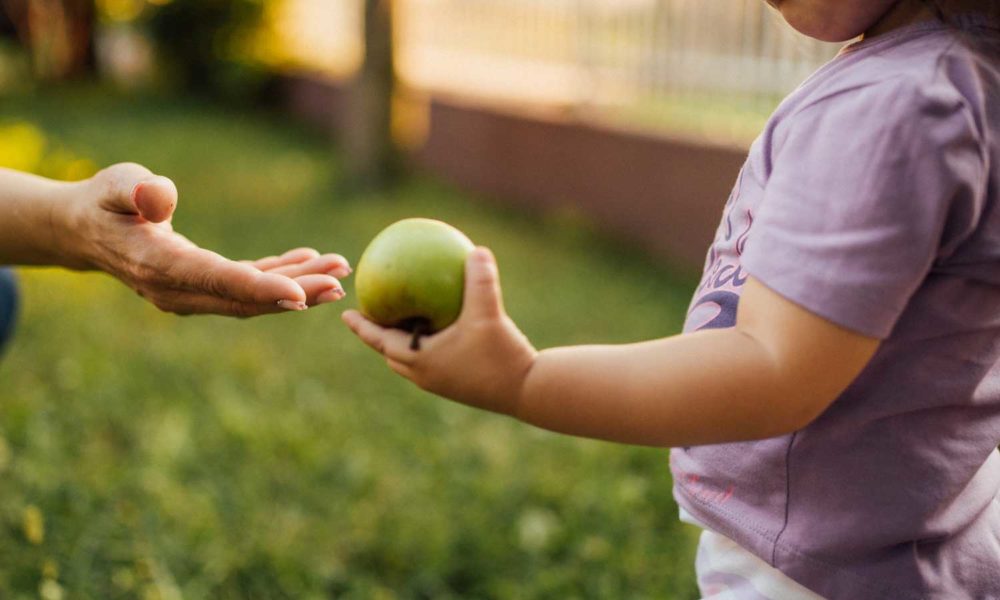Last month, having re-read Profiles in Courage by John Fitzgerald Kennedy, I found myself ruminating on the astounding lack of courage demonstrated by many of our elected leaders, their appointees, and other important stakeholders. (With a hat tip to Merriam-Webster) I defined cowardice as lacking the firmness of purpose to put the public interest first and foremost.
My first blog profiled the cowardly decision of several automakers who joined forces with President Trump in his war on clean cars and climate action. Today’s profile in cowardice chronicles the shameful failure of the Environmental Protection Agency (EPA) to protect children’s health from chlorpyrifos, a recognized neurotoxin.
My colleagues and I have reported on this sorry saga before (here, here), but given the grave threat chlorpyrifos poses to children’s health and the continued abject failure of the EPA to live up to its public health mission, it seems especially important to call out the cowardly and courageous in this story.
Cowardice: Putting Dow Chemical above children’s future
Chlorpyrifos attacks insect nervous system and is the most widely-used pesticide on crops, including apples, corn, soybeans, and broccoli. It is also used in non-agricultural settings, like golf courses. The problem is that its neurotoxic effects extend to humans. Children are especially vulnerable. For example, studies have shown cognitive impairment and other neurodevelopmental disorders in children whose mothers were exposed during pregnancy, including a higher risk of developing ADHD and other developmental disorders years after exposure. Farm workers are also at risk.
In response to petitions and a lawsuit filed in 2010, the EPA conducted several scientific risk assessments of chlorpyrifos. Following the science and the advice of its own scientists, the agency determined in 2015 that the agricultural use of the brain-damaging pesticide should finally be banned. (The household use of the chemical was banned in 2000.)
But, despite the years of study, it didn’t take long for courage to give way to cowardice when the Trump administration’s first EPA chief, Scott Pruitt, reversed the decision in 2017 and put private interests above children’s health. A decision that no doubt made Dow Chemical and its pesticide spin-off company Corteva Agriscience pretty happy. (It’s worth noting that Corteva Agriscience, the pesticide’s manufacturer, donated $1 million to Mr. Trump’s inauguration committee.) But a decision that also quickly generated courageous pushback by 12 public interest groups, seven states, and the American Academy of Pediatrics. (I say courageous because it takes considerable gumption to risk the ire of a President who viciously lashes out against individuals, organizations, and groups that say something he doesn’t like.)
In keeping with a “delay, alt, delete” strategy, our currently feckless political appointees at the EPA argued that the data on chlorpyrifos was “not sufficiently valid, complete or reliable” and that it would continue to monitor the safety of chlorpyrifos through 2022. But a three-judge panel in the 9th Circuit Court of Appeals would have none of it and gave the EPA 60 days to finalize the ban. No surprise, the EPA requested and was given a rehearing (before an en banc panel, i.e, with 11 judges). This panel gave the EPA 90 days to issue a final decision.
That was on April 19, 2019. On July 18, the EPA doubled down on cowardice and decided against a ban on chlorpyrifos, once again sidelining established science by noting that “the data available are not sufficiently valid, complete or reliable to meet petitioners’ burden to present evidence demonstrating that the tolerances are not safe.” Our nation’s children, farm workers, and rural communities continue to pay the price.
Courage: Some states step in
While the federal government dithers in its responsibility, some states have had the courage to issue a ban—even in the face of specious arguments that there are no effective alternatives. In 2018, Hawaii was the first state in the nation to ban the use of chlorpyrifos. California—the tops in cash receipts among agricultural-producing states — welcomes in 2020 with a ban on its sale, effectively ending its use in the state.
New Jersey is also considering a ban. New York was poised to do the same, passing a bill with bipartisan support to ban the use of chlorpyrifos in the state. Governor Andrew Cuomo vetoed the bill just last week, though vowing to ban it via regulation by 2021. On the other side of the pond, the European Union has fully banned its use after January 31, 2020, heeding the announcement by the European Food Safety Authority in August that it could not set a safe exposure level for the neurotoxic pesticide.
Gratitude and hope
Based on the last three years of placing industry interests over public health, I fully expect the Trump administration to continue its efforts to roll back public safeguards.
At the same time, I enter 2020 with profound gratitude. Gratitude for those public servants who continue to work in the public interest amidst challenging and sometimes even hostile environments. Gratitude for the groups and organizations—large and small—that continue to speak out, organize, mobilize, and act on behalf of our nation’s children, families, workers, and communities.
And, despite the concerns I and others have for our democracy, for the health of our planet, and for all its people, I remain hopeful and buoyed by the vigor, voice, and strength of young people in this country and across the globe. They are not lacking in courage, conviction, or energy. They are determined to make this world a safer place for themselves, for their own children, and for the future. For this, I am both grateful and hopeful. We need to follow their lead and amplify their voice.

